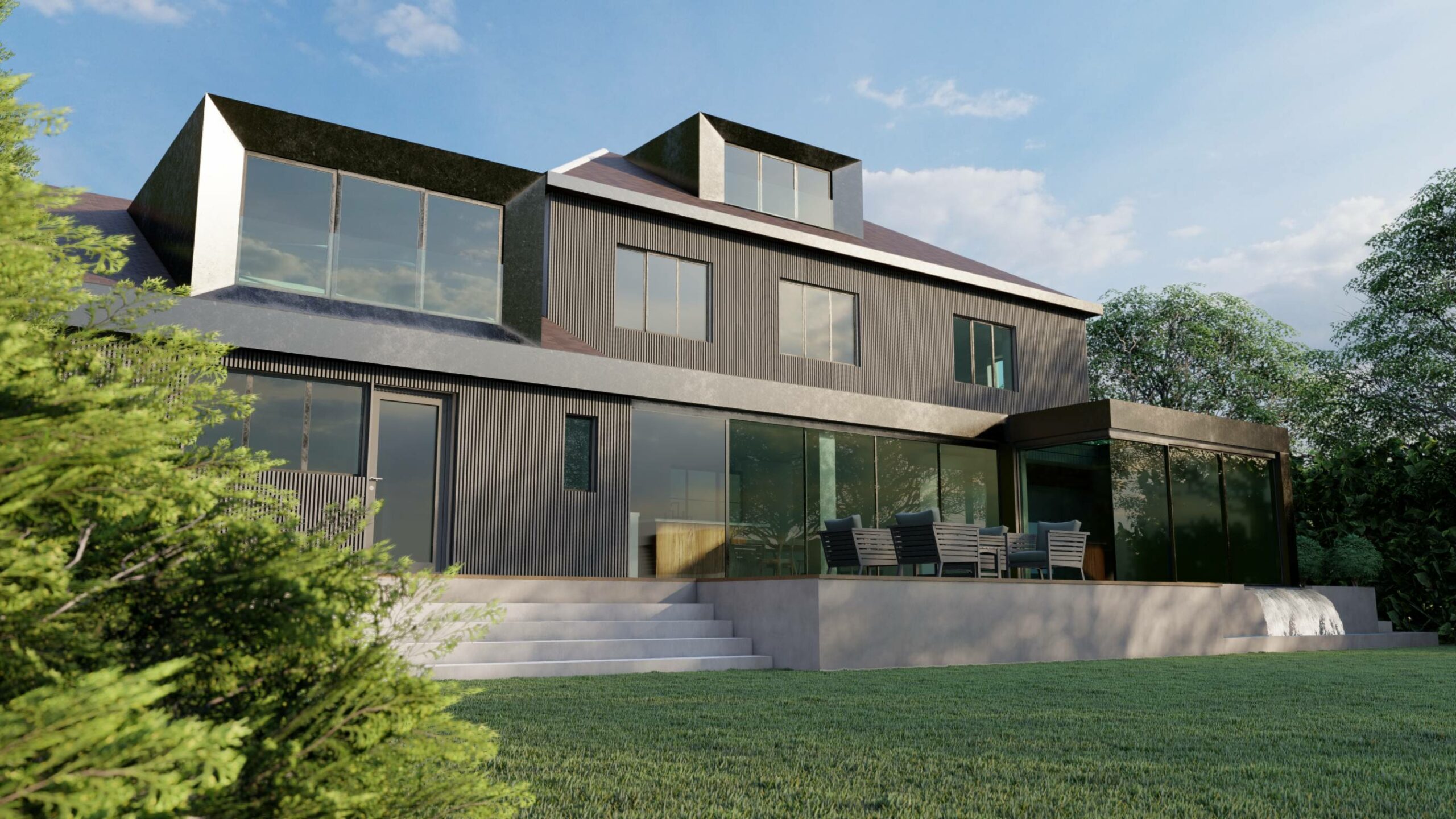
Permitted Development 2024
Expert Guide to Permitted Development Rights 2024
What is Permitted Development?
Permitted development rights are your protected rights as a property owner to change the use or extend your property without the need for prior consent from your local council. This is because they derive from legislation set out by the national government, rather than independent councils. Several restrictions do apply called the Permitted Development Technical Guidance, which means that these rights cannot be applied in every situation, however, in terms of freedom to extend, they can create countless opportunities for investing in your home. The major benefit of using your London permitted development rights 2022 is that you can avoid the costly and time-consuming planning process, saving you money on architect fees and up to 3 months waiting for your proposal to be accepted by the LPA, as long as you comply with the relevant permitted development rules.
Generally, permitted development rights in London apply to single storey side or rear extensions, loft conversions, front porch extensions, outbuildings and dormer windows. Commercially, PD can be used to change the use of your property if it lies within the same overhead use class, for example converting offices to a retail space (Class E).
Some cases where permitted development cannot be used include most double storey extensions, larger loft extensions, alterations to flats, or any properties situated in a conservation area, or one otherwise protected by the local authority.
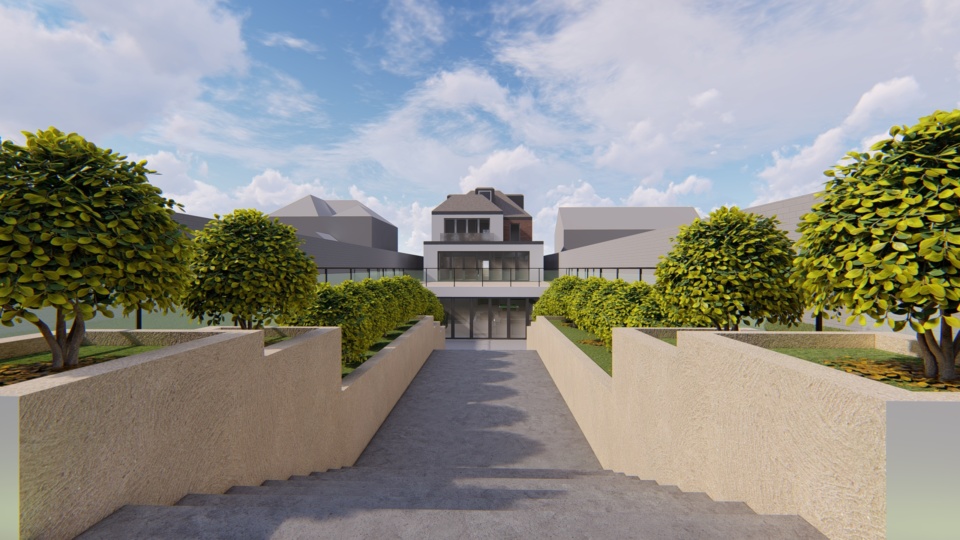
The Origins of Permitted Development
Whilst Urban Planning Regulations are not a completely modern concept, the root of its conceptualisation dates back to an Act of Parliament in 1948 which included the introduction of Permitted Development and a requirement of Planning Permission for those wanting to build or extend their property. The Act, known as the Town & Country Planning Act (1948), was central to the future of Town and Country Planning, with the advent of listed buildings of special interest. It reduced the number of planning authorities from 1,400 to 145 and gave them a lot more control, whilst expecting them to prepare development policies autonomously, according to the particular characteristics of their respective region of governance.
Today, the same system, although slightly modified through time, is still in place, however, several key updates are that there are now a total of 333 local authorities in the UK, with 32 of these being situated within central & greater London. Each council adopts their own planning policies and has the right to remove permitted development rights for key heritage areas, however, where justification does not exist, home and business owners are able to bypass this system and utilise their permitted development rights in London.
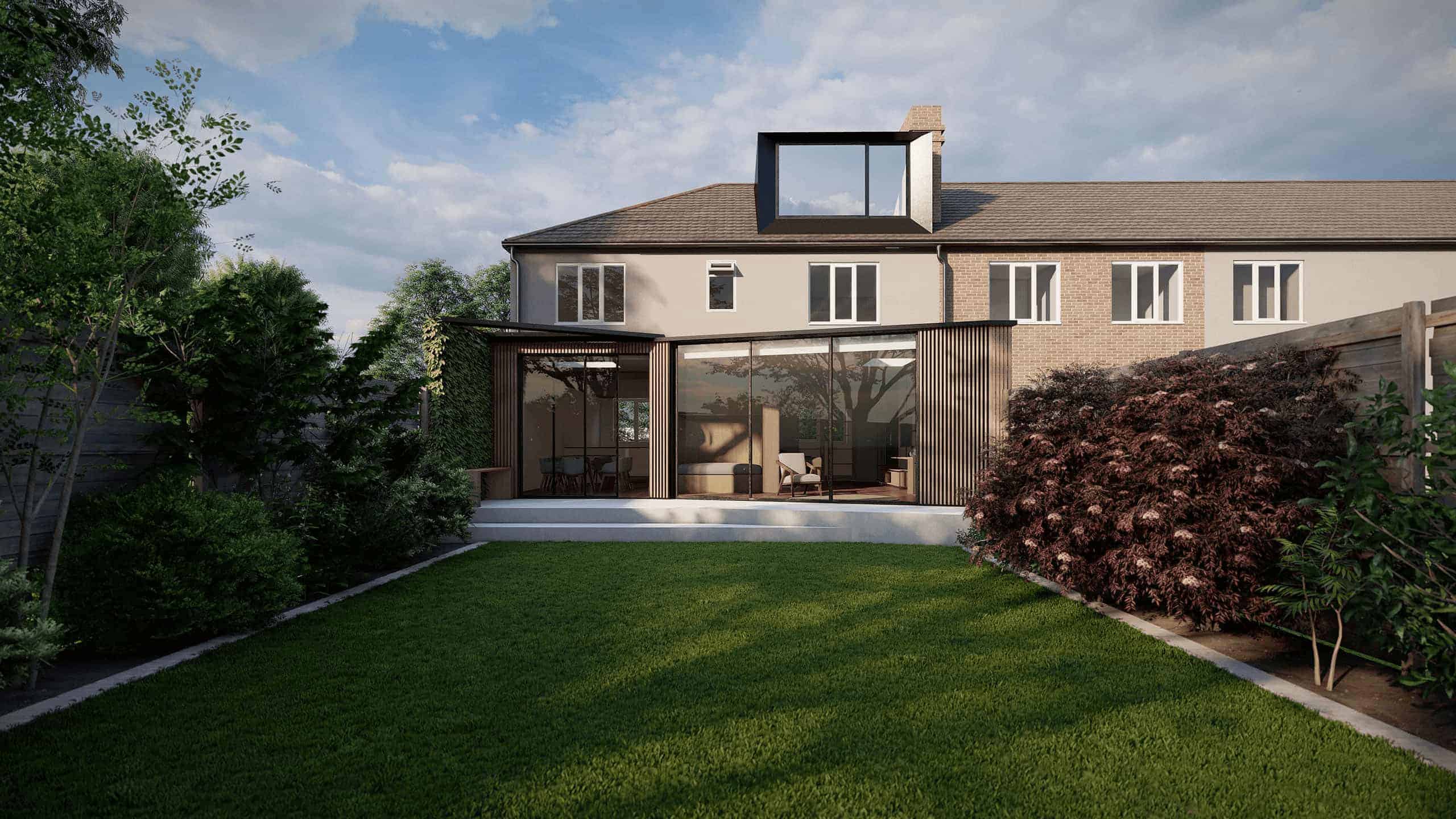
Single Storey Extensions Permitted Development
If your Single Storey Extension falls under your permitted development rights in London then you will not need to apply for planning consent from your local council. However, the following restrictions must be observed:
- Cladding of the outside of your property (for example with stone, pebble, render, timber, tiles or plastic) is not PD as any materials used must closely reflect the existing materiality of the building.
- Extensions should not exceed 50% of the land around the existing property. Remember to include any existing extensions/outbuildings in your calculation of this limit.
- If the planned permitted development extension protrudes beyond the front or side elevation and faces a public road, then it will not be considered PD.
- Side extensions must be a single storey and not extend beyond 50% of the width of the original property.
- Your side extensions can be one storey, up to a maximum of 3m in height.
- Permitted development rules allow a maximum eaves height of three metres if the extension is close to the plot boundary (within 2m).
- Your single-storey rear extension can extend back from the original property by up to 3m, for a terraced house – or by up to 4m for a detached house. If it is not designated land or a site of Special Scientific Interest, you can go up to 6m or 8m metres for terraced, semi-detached and detached houses respectively under prior approval – scroll down for more information!
- Permitted development Rules allow a maximum height of 4m for single storey rear extensions if dual pitched, with a maximum height of 3m at the eaves. If a flat roof, this is limited to 3m across the whole extension.
- The ridge and eaves height for a permitted development extension cannot be higher than the original property – applicable for bungalow single storey extensions!
Loft Conversions Permitted Development
If your Loft Conversion falls under your permitted development rights in London then you will not need to apply for planning consent from your local council. However, the following restrictions must be observed:
- On designated land, loft conversions will not be a PD
- To be a Permitted Development any additional roof space created must not exceed these volume allowances:
40m3 on terraced or semi-detached houses
50m3 on detached houses - Permitted Developments do not include extending proud of the existing roof slope plane on the front elevation if it faces a road.
- Use materials which appear similar to the existing property.
- Your permitted development extension cannot be higher than the highest point on the existing roof.
- PDs do not include balconies, verandas or raised platforms.
- A side window should be obscured and not able to be opened, unless the opening mechanism is situated at least 1.7m above its respective room floor.
- Roof extensions should be set back, as far as reasonably feasible by at least 20cm from the eaves, unless it is a hip or gable roof (measure the 20cm along the plane of the roof). The roof extension should not hang over the wall of the house.
- Your roof or loft project might have an impact on any existing bats. For this kind of work you will need a survey and possibly a licence to proceed.
Front Porches & Outbuildings Permitted Development
Many homeowners need additional space, and we find that a common trait of all of our projects is the need for an extended porch or a new outbuilding. You may be in luck, as these are considered within permitted development rules if the following rules are followed!
Porch Extensions:
- The total area of the porch must not exceed 3m2 (measured externally).
- No part of the extended porch shall be greater than 3m from the existing ground level.
- No part of the porch should be within 2m of the public highway (including pedestrian walkways).
Outbuildings:
- No outbuilding should be constructed on land forward of the principal (front) elevation.
- Outbuildings and garages should be built to a height of no more than 2.5m at the eaves and a maximum of 4m if dual pitched. If any other roof type is proposed, this should have a maximum height of 3m.
- When within 2m of a shared boundary, the maximum height of the outbuilding should be 2.5m.
- No verandas, balconies or raised platforms are considered to be PD. Raised platforms will need planning permission if over 30cm height from the existing ground level.
- No more than 50% of the land surrounding the dwelling should be covered by outbuildings.
Additional Alterations Permitted Development
Other elements of construction that are often considered to be permitted development (not requiring planning permission) include:
- Solar panels (other than on the front roof slope).
- Replacement of doors/windows.
- Repairs to the property including any walls and the roof.
- Additional skylights/roof windows or dormer windows – subject to the volume increase allowance for your type of building (See loft conversions permitted development).
It is important to always check if you are in a conservation area or other designated land if you are looking to make these changes, as even though they may seem minor, you may not have access to permitted development rights in London if so!
What is the Larger Home Extension Scheme/Prior Approval & how does this affect my PD rights?
In 2019, the UK government announced their plan to introduce the ‘Larger Home Extensions Scheme’, allowing homeowners to extend their property by even more than the previous PD guidelines allowed – WITHOUT applying for full planning permission. This decision was made to allow families the freedom to grow without being forced to move house, by extending their home to meet their requirements without having to battle their local planning authority for the right to do so.
In 2020, the government saw the great potential and effectiveness of the then-temporary allowance, and in fact proclaimed that the scheme be extended indefinitely, realising the huge potential that it had for the benefit of both the people and the economy.
Nowadays, the larger home extensions scheme is a branch of your permitted development rights, also known as prior approval, which comes with several additional criteria to meet before building your dream extension. Essentially, it is important to note that the normal permitted development rights have remained the same, but homeowners are given the opportunity to apply for prior approval from their neighbours (not your local council – a common misconception) to extend further. For example, for a terraced or semi-detached house, you could extend up to 6m instead of just 3m, and for a detached house, you could extend up to 8m instead of 4m!
Permitted Development Technical Guidance
The UK government has provided technical guidance on PD, which includes detailed information on what changes are allowed and what conditions must be met. This guidance is intended to help homeowners understand their rights and obligations when making changes to their properties.
In London, permitted development rules are subject to a number of additional restrictions and requirements, due to the city’s unique planning challenges. For example, in some parts of London, the government has introduced Article 4 directions, which remove certain types of permitted development rights in London in order to preserve the character of the area.
The technical guidance on PD covers a wide range of topics, including the following:
Extensions and conservatories: The guidance sets out the maximum dimensions for extensions and conservatories that can be built without planning permission, as well as other requirements such as the materials that can be used.
Roof alterations: Homeowners are allowed to make certain types of alterations to their roofs without planning permission, such as installing roof lights or skylights. The guidance sets out the specific conditions that must be met.
Change of use: In some cases, homeowners may be able to change the use of their property without planning permission, such as converting a garage into a living space. The guidance sets out the specific conditions that must be met.
Outbuildings: Homeowners are allowed to build certain types of outbuildings without planning permission, such as sheds and summerhouses. The guidance sets out the maximum dimensions and other requirements that must be met.
Permitted development rights in conservation areas: Homeowners in conservation areas are subject to additional restrictions on PD. The guidance sets out the specific conditions that must be met in order to carry out certain types of changes.
It is important to note that even if a proposed change falls within the permitted development rules, it may still be subject to other regulations, such as building regulations or health and safety requirements. Homeowners are advised to seek professional advice before undertaking any major changes to their properties.
New Permitted Development Rules 2024
In many cases, London permitted development rights can be a sure way to achieving your extension goals, however, they do not always apply. Common exemptions to the use of permitted development rights include:
- Properties in a Conservation Area – If your home or business is situated in a conservation area, this means that your local council has restricted the rights to develop in order to reduce the impacts of development on the protected character of the area.
- Flats or Maisonettes – Permitted development rights do not apply in the cases of extensions/alterations to flats or maisonettes, predominantly due to the need for freeholder consent and the impact on your neighbours of any development.
- Change of use between different use classes
- New Homes – When creating one or more new residential units, any London permitted development rights do not apply. You will therefore need prior consent from your local council to build a new house or convert a single dwelling into flats.
- Buildings with a specific use outside of residential homes.
- Areas where there may be a blanket planning condition, such as an Article 4 Direction, limiting permitted development rights in any given area.
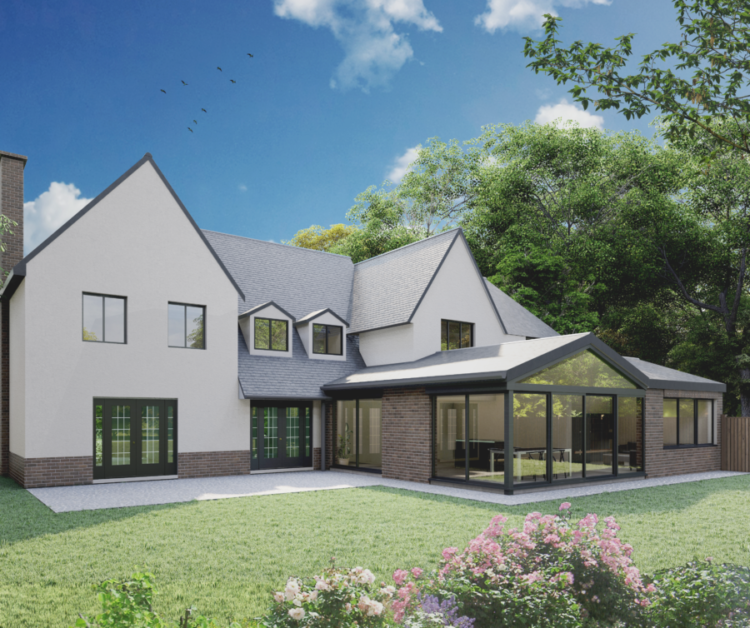
How to Start
If you are considering a project under PD, it is vital that you speak to an experienced architect and planning consultant before undertaking any work in order to ensure that your proposed development fits within the requirements. If not, you may be approached by the local council with an enforcement notice that will require you to submit a retrospective planning application. If unsuccessful, you will then be responsible for the demolition of any work, which can be a costly, time-consuming and above all disheartening task.
As a trusted practice with over 13 years of industry experience, Extension Architecture specialises in residential extensions and commercial planning applications and will give you the best possible advice and smart planning advice in order to maximise your property’s value.
In most cases, we always recommend submitting an application for your lawful development certificate to ensure that the local authority considers your proposal to be PD, thus mitigating any risks that you are completing work outside of your rights. However, we understand that time doesn’t always permit, therefore our expert planners and designers will give you the best possible chance of planning success.
2024 Permitted Development Rules and Changes
In July 2024, the Chief Planner of the DLUHC (Department for Levelling Up, Housing & Communities, announced that there will be new changes coming into effect this year that will change the planning / permitted development processes to boost housing supply and provide more financial support to local authorities across the UK.
The first major announcement introduces reforms to the concept of brownfield development. Local Authorities will be encouraged to promote brownfield development, enabling the efficient provision of new, high quality homes across the country. It is uncertain what the government has in store for us at this time, but a relaxation of planning legislation surrounding change of use and brownfield development is expected, especially following the closure of retail infrastructure nationwide.
The second announcement comes in the form of a fee structure reformation, whereby planning applications are set to rise by between 25-35% depending on the application type.
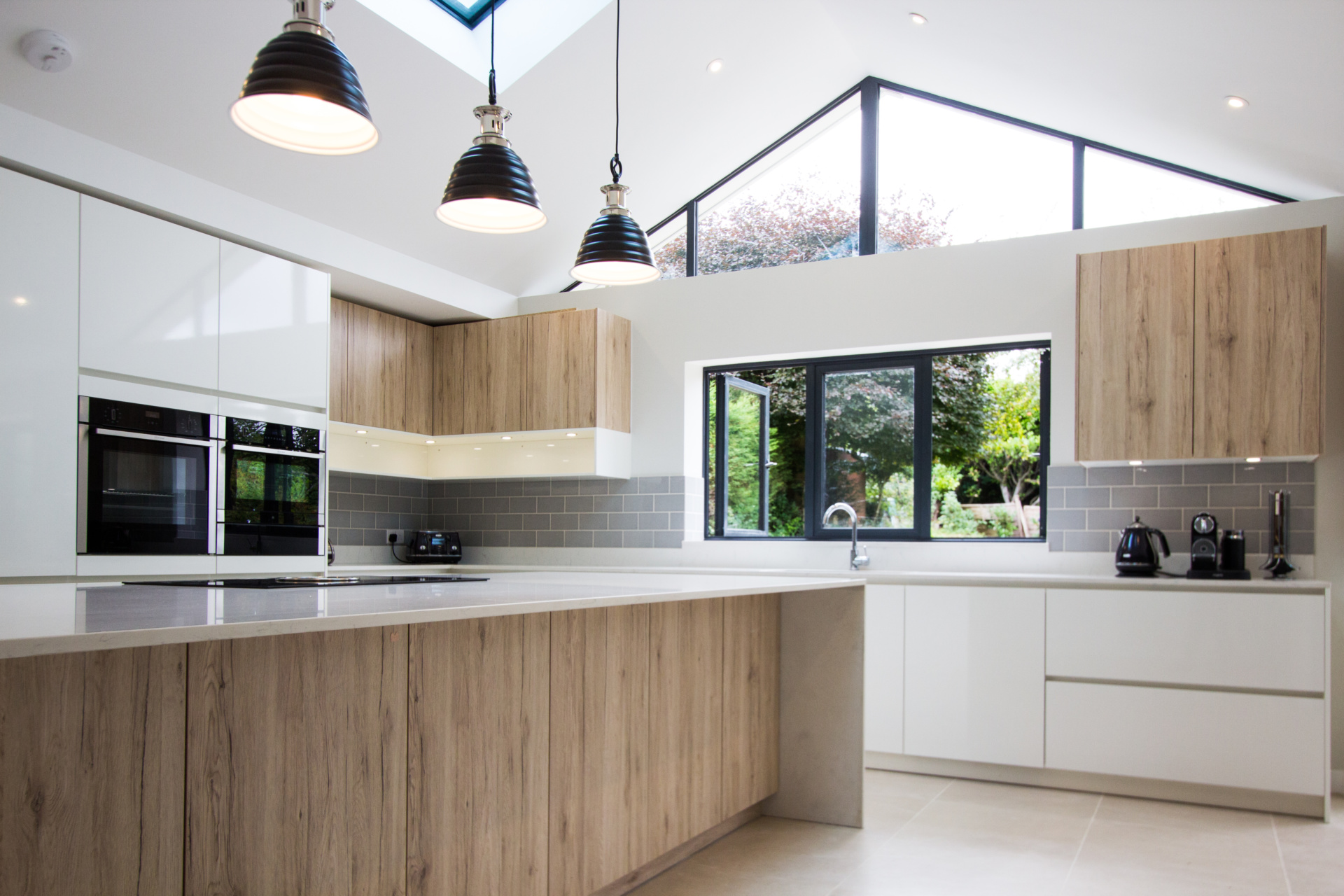
Watch our Video on Our Permitted Development Single Storey Extension!

Steph Fanizza, Architectural Design & Team Manager
Tell us about your plan and we'll send you a free quote! It takes less than 60
seconds!

Steph Fanizza, Architectural Design & Team Manager
















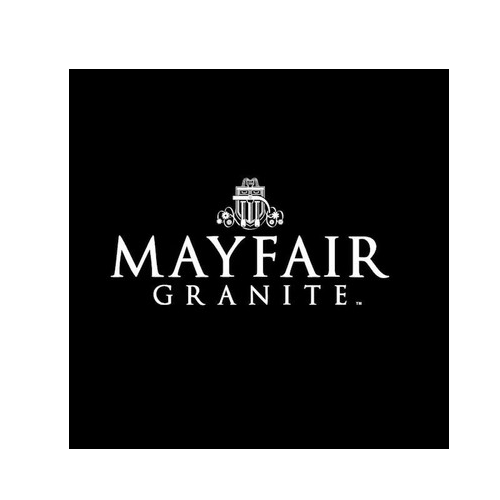
















I’m highly recommending Extension Architecture for their expertise to turn around a difficult planning application that I had refused from 2 other architects and they managed to get my additional new house at the end. A 3 year journey, but it was well worth it! I cannot appreciate enough their planning knowledge, and also now we are breaking ground. Their tender pack has saved me alot of hassle in choosing material inside the house myself. Especially their kitchen design has been great and cannot wait to see it realised. Thanks for all your input so far…